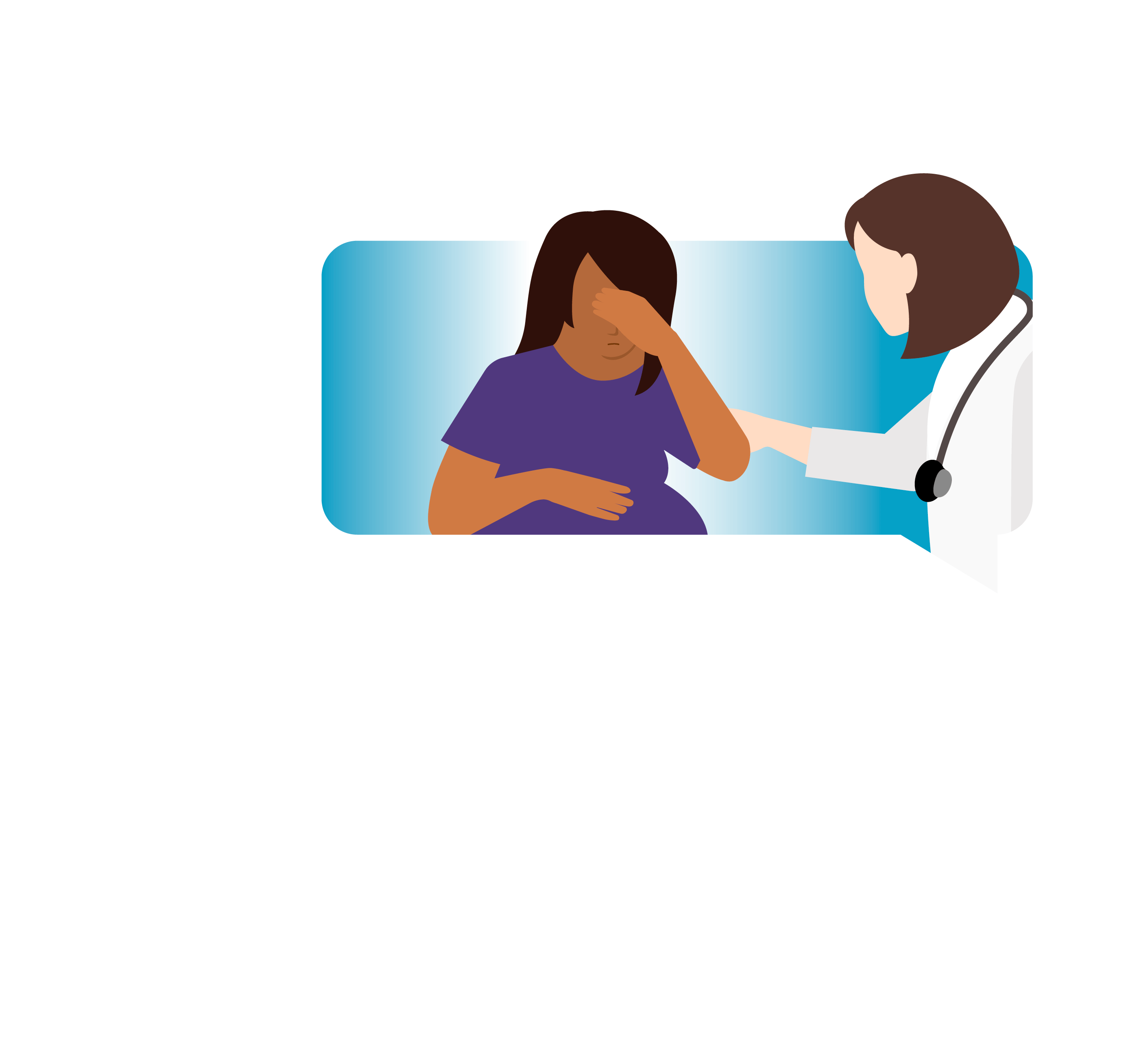Spotlight 2/5
Over the last two years, Patient Ombudsman has been monitoring trends in complaints related to obstetrical and gynecological care. These complaints include issues such as prenatal and postnatal care, pregnancy complications and miscarriages, sexual assaults, cancer care and delays in diagnosis, as well as poor communication and insensitivity when accessing care.


In 2024/25, Patient Ombudsman identified 168 complaints related to obstetrical and gynecological care, a 29% increase from what we saw last year.
The majority of the complaints were about health care organizations within our jurisdiction (87%); the two sectors with the highest percentage were public hospitals (70%) and community surgical and diagnostic centres (15%). Similarly, we saw a small portion of non-jurisdictional complaints (13%), the majority of which were about primary care (7%) specialist care (2%) and other (4%).
Many complaints related to difficulties getting appropriate or timely care during pregnancy and birth. In some cases, patients left their local hospitals to travel to other hospitals further away in search of better care, including patients who left the emergency department for pregnancy complications because they felt they weren’t being heard, their concerns were minimized or not fully acknowledged. For some of these patients, this led to delays receiving care, misdiagnoses that resulted in further complications, or even pregnancy loss. Many complaints also raised concern about lack of adequate attention and support during and after childbirth, including being discharged prematurely or without follow-up care. These gaps in care highlight the need to improve patient-centred and trauma-informed care for patients who are pregnant and giving birth.
In addition to these challenges, many patients found it difficult to access diagnostic testing and reported excessive wait times for crucial tests such as ultrasounds and mammograms and having to navigate complex booking and referral processes. Many patients also faced delays getting test results, which played a role in them missing opportunities to treat their condition early and making their treatment more complicated in the end.
Recent research has highlighted that women’s health care experiences have been marked by a lack of empathy and, in some severe instances, have caused major health complications or severe emotional distress.1 In addition to this, one survey of student doctors found only half of medical residents practiced trauma-informed care.2
Through our resolution process, some health care organizations have provided additional training and education to staff, improved their appointment scheduling, and reduced wait times. We have also seen organizations embed trauma-informed approaches into their complaints process. The importance of trauma-informed approaches has been identified as a key way of providing patient-centred and compassionate care, and can improve outcomes for patients and their families if applied at an organizational level.3
Often complaints include concerns that fall outside of our jurisdiction. For example, if a patient has a complaint about a hospital experience that includes concerns about a doctor’s decision around care, we refer that part of the complaint to a regulatory college. For the remaining part of the complaint, we work to ensure a fair resolution for patients and their families.
